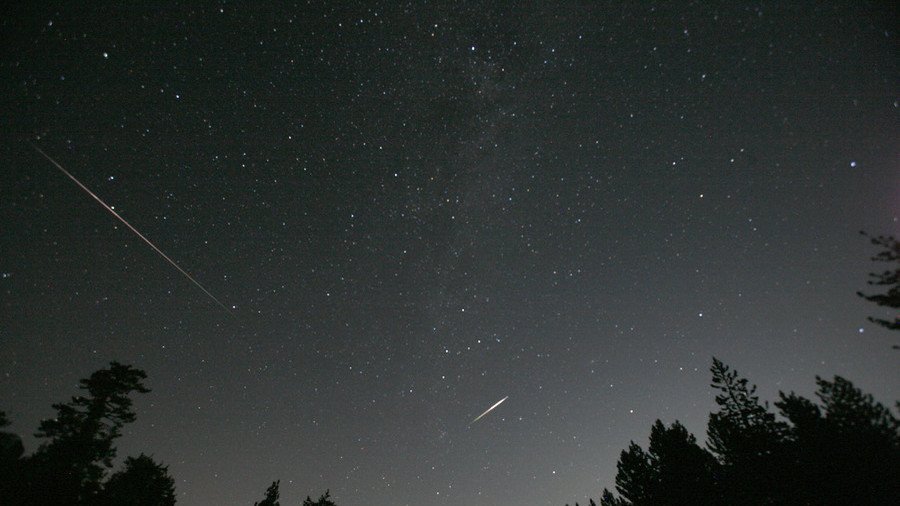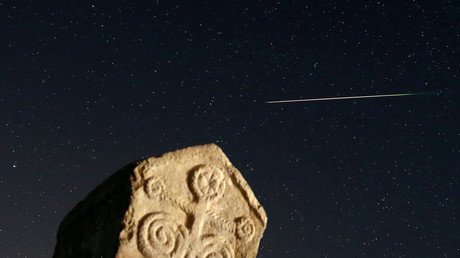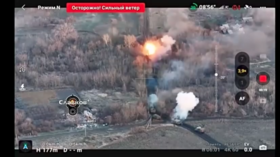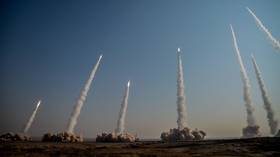Stunning lightshow or harbinger of doom? 5 facts about tonight's Perseid meteor shower

This year’s Perseid meteor shower promises to be one of the best for stargazers as a new Moon bringing darker skies means night time conditions are optimum for this potentially catastrophic cosmic event.
The trail of shooting stars created by the Swift-Tuttle comet have been active in the night sky since mid-July, however, they have been peaking since August 11 and as many 70 shooting stars per hour are expected to be visible from Earth in the early hours of Monday morning.
Here’s five more facts about the Perseid meteor shower:
One of the most consistent:
The Perseid meteor shower is one of the most reliable showers year-after-year with Comet Swift-Tuttle being in orbit for thousands of years. It takes 133 years to ellipse the Sun and this is the first year it has passed into the inner solar system since 1991. The next time will be in 2126.
It’s really just cosmic dust:
The meteor shower is actually the Earth moving into particles of dust and rock from the comet, some as small as grains of sand. Entering the atmosphere at high speed, the friction they create as they pass through causes the air around the meteor to heat up dramatically, resulting in a characteristic brief bright streak of light.
Named after a constellation:
The Perseid meteor shower gets its name from the constellation Perseus, the region of space where the meteors will streak radially away from. Stargazers will want to position their chairs with this point in the middle in order to cast a wide view of the night sky and catch the meteors move away from the centre point.
It could destroy earth (but not right now):
With a nucleus that is 26 km in diameter, Comet Swift-Tuttle contains nearly 30 times the kinetic energy of the asteroid strike that wiped out the dinosaurs. Based on an upcoming interaction with Jupiter, it has about a 1-in-a-million chance of colliding with Earth, according to astrophysicist and science writer Ethan Siegel. But that won’t happen until 4479, so no need to run to the bunker just yet.
No equipment needed:
You don’t need any specialist equipment to view the shower as long as the night sky is clear. Rural dwellers will have the best chance to spotting the shooting stars as the less light pollution you have, the more stars you’ll see. Conditions have been helped by a new Moon which will make the sky even darker, just give yourself 10-20 minutes for your eyes to adjust.
Think your friends would be interested? Share this story!















